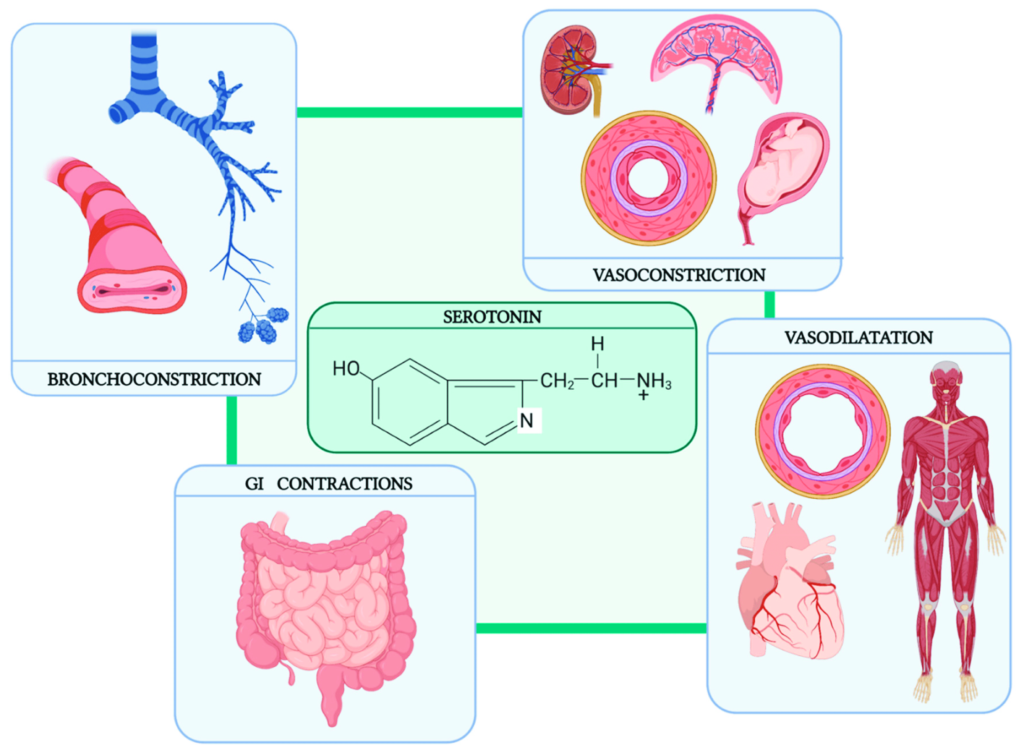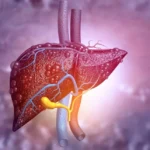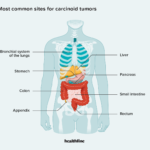Carcinoid crisis is a rare but life-threatening complication of carcinoid syndrome, commonly associated with neuroendocrine tumors (NETs). These tumors secrete vasoactive substances such as serotonin, histamine, and bradykinins, which can trigger acute systemic symptoms. Understanding the causes, symptoms, and effective management of carcinoid crisis is crucial for optimizing patient outcomes.

Causes and Pathophysiology
Carcinoid crisis occurs due to the massive release of vasoactive substances into the bloodstream. This phenomenon is often triggered by stressors, including:
- Surgical Procedures: Manipulation of the tumor during surgery can stimulate the release of vasoactive mediators.
- Anesthesia: Certain anesthetic agents may provoke mediator release.
- Stress: Physical or emotional stress can exacerbate the condition.
- Medications: Drugs such as adrenergic agents or chemotherapy can act as triggers.
Pathophysiology
The excessive release of serotonin and other vasoactive compounds leads to dramatic cardiovascular and systemic responses, including severe hypotension, hypertension, bronchospasm, and flushing. These symptoms result from the dysregulation of vascular tone and increased permeability.
Clinical Presentation of Carcinoid Crisis
The symptoms of carcinoid crisis are dramatic and require immediate medical intervention. Common clinical manifestations include:
- Cardiovascular Instability: Severe hypotension or hypertension.
- Respiratory Distress: Wheezing and bronchospasm.
- Cutaneous Symptoms: Intense flushing, typically of the face and upper body.
- Gastrointestinal Disturbances: Severe diarrhea and abdominal cramping.
Diagnostic Approach
Prompt diagnosis is critical in managing carcinoid crisis. Key diagnostic steps include:
- Clinical Evaluation: Recognizing characteristic symptoms.
- Biochemical Tests: Measuring serum and urine levels of 5-HIAA (5-hydroxyindoleacetic acid), a serotonin metabolite.
- Imaging Studies: CT scans, MRIs, or somatostatin receptor imaging (e.g., Gallium-68 PET-CT) to locate and assess NETs.
Management and Treatment Strategies
Managing carcinoid crisis involves immediate stabilization and long-term strategies to control NET activity.
Acute Management
- Somatostatin Analogues: Octreotide is the first-line treatment to inhibit the release of vasoactive substances.
- Intravenous Fluids: Maintain hemodynamic stability.
- Vasoactive Drugs: Administer medications like phenylephrine or norepinephrine for severe hypotension.
- Antihistamines and Bronchodilators: Treat flushing and bronchospasm, respectively.
Long-Term Management
- Surgical Resection: Removing the primary tumor and metastases when feasible.
- Targeted Therapies: Employing somatostatin receptor-targeted therapies such as lanreotide or peptide receptor radionuclide therapy (PRRT).
- Lifestyle Modifications: Stress management and dietary adjustments to reduce triggers.
Preventing
Prevention is integral for high-risk patients undergoing procedures or experiencing stress. Strategies include:
- Preoperative Prophylaxis: Administering octreotide prior to surgery.
- Close Monitoring: Continuous hemodynamic and respiratory monitoring during high-risk scenarios.
- Patient Education: Informing patients about potential triggers and early warning signs.

